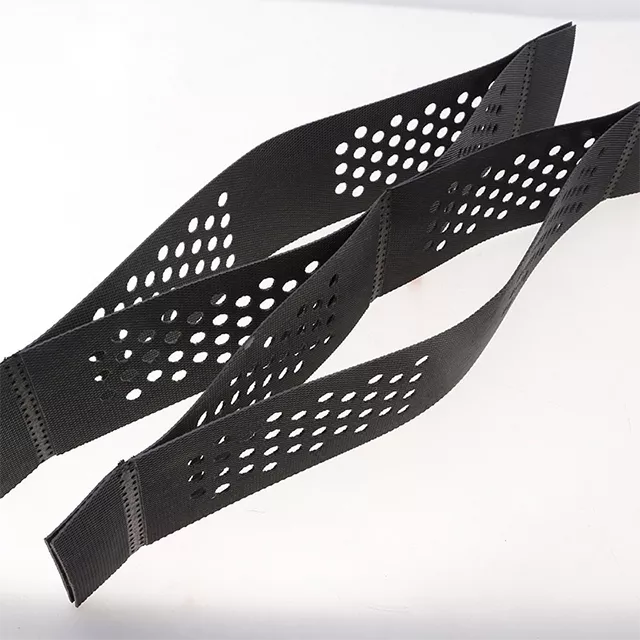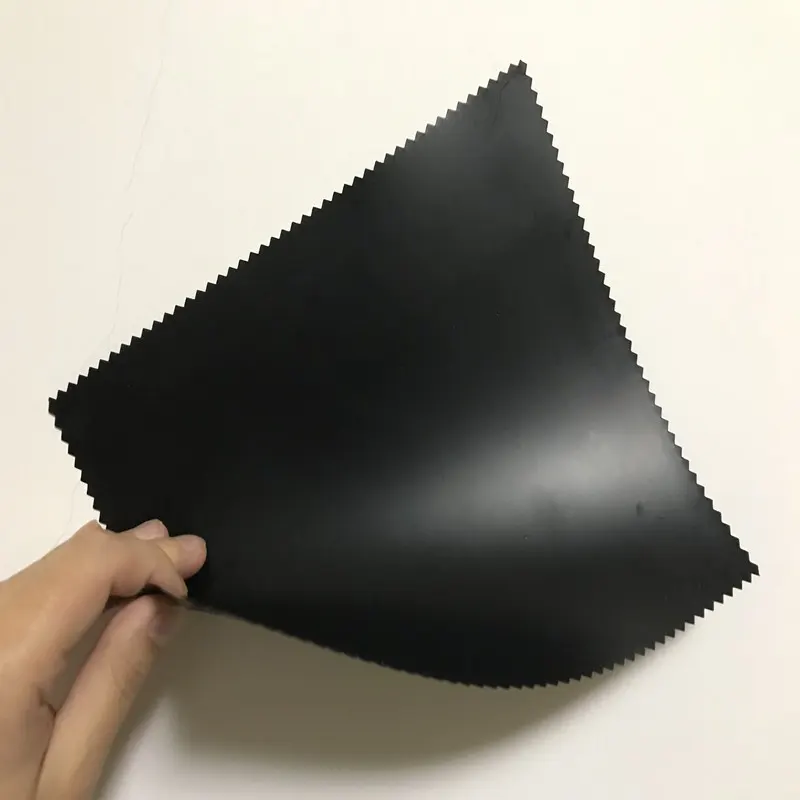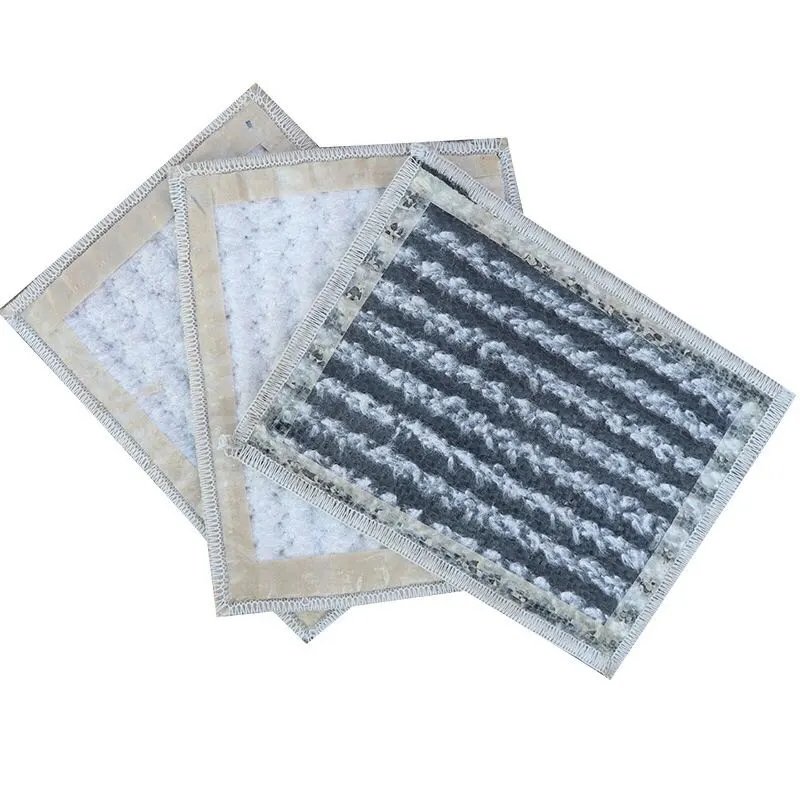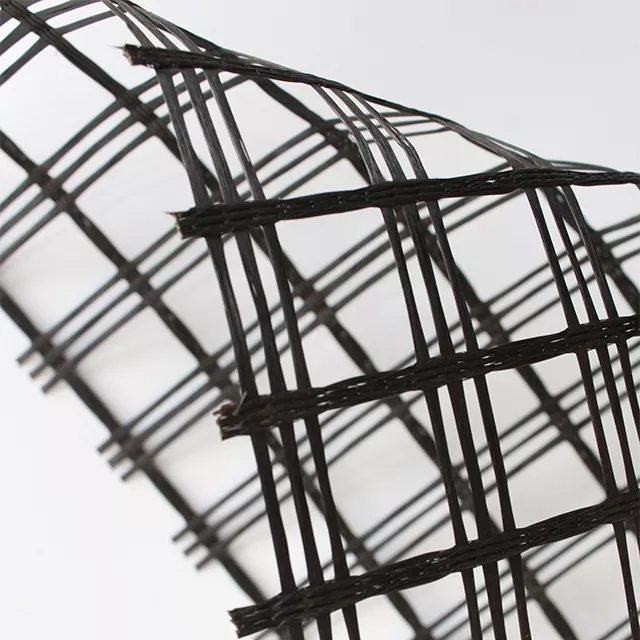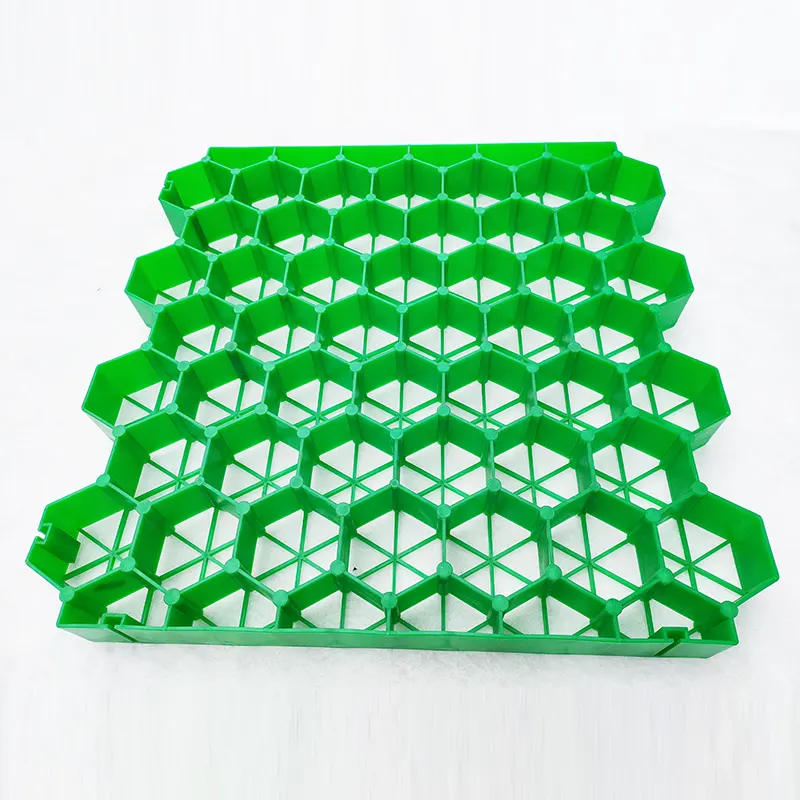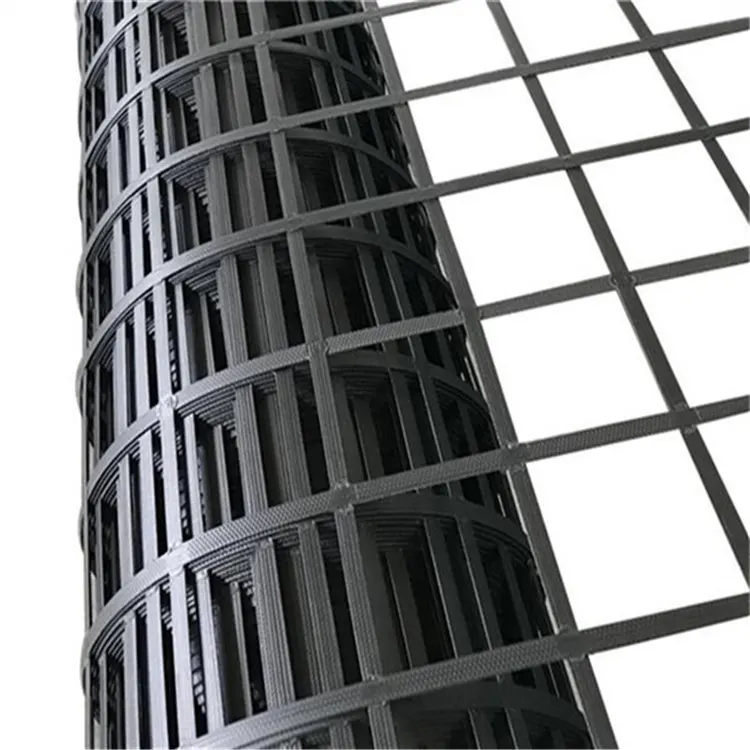Excellence Through Innovation
Application Overview
As one of the core materials in modern engineering, geotechnical materials play an irreplaceable role in disaster prevention, mitigation, and post-disaster restoration. They significantly reduce the destructive power of natural disasters by enhancing geological stability, controlling soil erosion, isolating hazardous substances, and rapidly constructing protective structures.
Lianxiang Geotechnical, leveraging its innovative products and years of R&D experience, is committed to reducing the risks of natural disasters such as soil erosion, landslides, and mudslides. Using state-of-the-art production equipment, our geotechnical materials, including geogrids, geocells, and geomembranes, have been widely used in numerous natural disaster mitigation projects worldwide.
Lianxiang Geotechnical, leveraging its innovative products and years of R&D experience, is committed to reducing the risks of natural disasters such as soil erosion, landslides, and mudslides. Using state-of-the-art production equipment, our geotechnical materials, including geogrids, geocells, and geomembranes, have been widely used in numerous natural disaster mitigation projects worldwide.
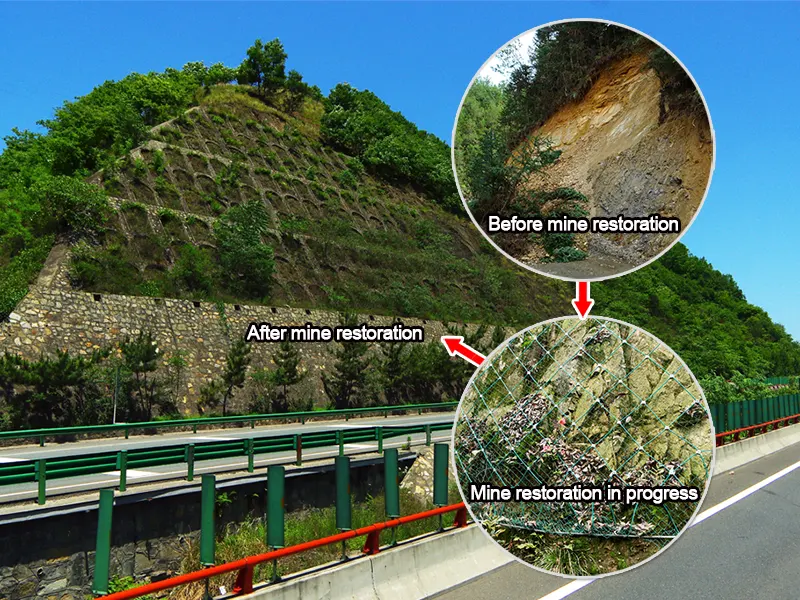
- Description
As one of the core materials of modern engineering, geotechnical materials play an irreplaceable role in disaster prevention, mitigation, and post-disaster restoration. They significantly reduce the destructive power of natural disasters by enhancing geological stability, controlling soil erosion, isolating hazardous substances, and rapidly constructing protective structures.
I. Core Disaster Reduction Mechanisms
| Function | Material Examples | Working Principle |
| Reinforcement and Stabilization | Geogrids, Geotextiles | Reinforce soil layers, distribute stress, and prevent landslides/collapses |
| Drainage and Diversion | Drainage Boards, Composite Drainage Nets | Rapidly drain groundwater/rainwater, reduce soil saturation |
| Seepage Control and Isolation | Geomembranes, Bentonite Mats | Block water infiltration, protect dams/pollution spread |
| Erosion Control | 3D Vegetation Nets, Geobags | Stabilize topsoil, resist water/wind erosion |
| Flexible Protection | Wire Mesh + Geogrids | Absorb impact energy (e.g., rockfalls, mudslides) |
Application Scenarios for Typical Disaster Responses
1. Flood Disasters
- Flood Dike Reinforcement: Geobags are stacked to form temporary dikes, enabling rapid response (e.g., during the Yangtze River flood season). Cement blankets are flexible building materials composed of a three-dimensional fiber frame and impermeable concrete powder. They are suitable for a wide range of applications, including slope protection and reinforcement, agricultural irrigation, and disaster relief.
- Channel anti-seepage: Geomembranes (HDPE) are laid on the bottom of reservoirs to reduce seepage by over 99%. Furthermore, in polluted environments, geomembranes can effectively prevent groundwater contamination.
- Urban waterlogging: Permeable geotextiles combined with a crushed stone layer accelerate rainwater infiltration (sponge city technology). Multifunctional drainage boards can effectively address urban waterlogging.
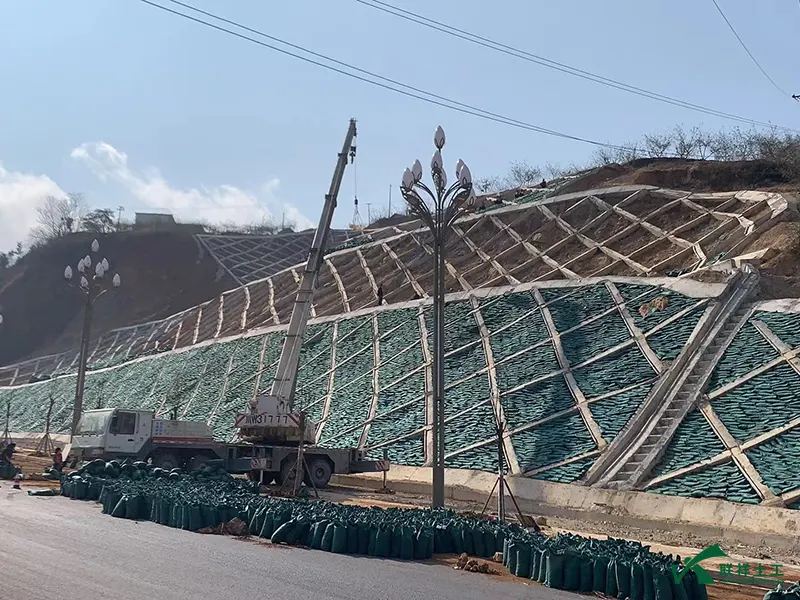
2. Landslides and debris flows
- Slope anchoring: Geogrids are embedded in layers within the mountain, with a tensile strength exceeding 200 kN/m (as used on the Sichuan-Tibet Highway). Geogrids are two-dimensional or three-dimensional grid screens formed by thermoforming or molding high-molecular-weight polymers such as polypropylene and polyvinyl chloride.
- Debris flow interception: Stepped geocells filled with crushed stone decelerate flowing objects in stages. Geocells are a three-dimensional mesh structure made of reinforced HDPE sheets welded together with high-strength welds. They play an important role in windbreaks, slope protection, and roadbed reinforcement.
- Surface Soil Stabilization: Vegetated geotextiles cover slope surfaces to promote grass root growth (dual ecological and engineering protection). Eco-bags are highly UV-resistant, freeze-thaw-resistant, and acid- and alkali-resistant ecological synthetic materials, primarily used in the construction of flexible ecological slopes.
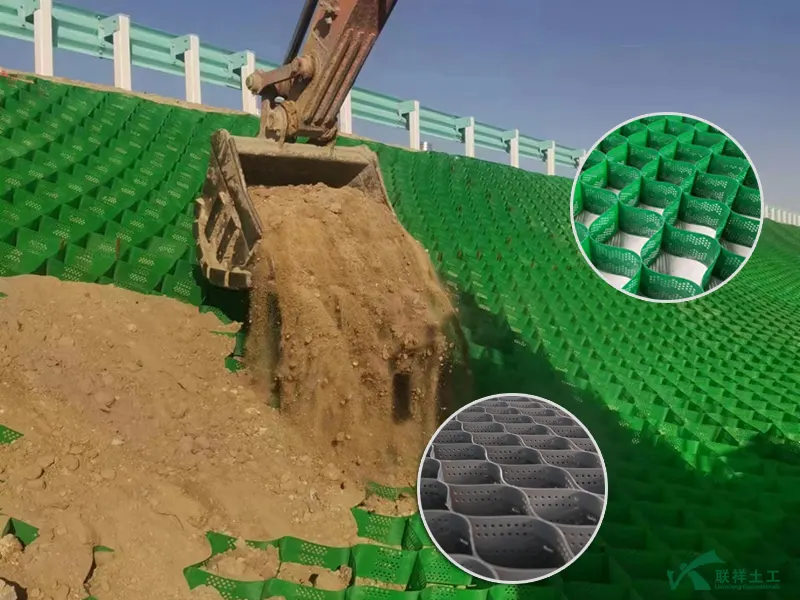
3. Earthquake Disasters
- Roadbed Seismic Resistance: Reinforced earth retaining walls exhibit flexible deformation, reducing damage by over 30% compared to concrete structures (as demonstrated by the Japanese Shinkansen). The use of geogrids significantly reduces the destructive effects of landslides on roads. Common geogrids can be categorized into four main types: plastic geogrids, steel-plastic geogrids, fiberglass geogrids, and polyester warp-woven polyester geogrids.
- Foundation Isolation: Foam geotextile cushions cushion seismic waves and protect buildings. Floating foundations, such as floating concrete slabs, minimize contact between the foundation and the building, reducing the risk of subsidence.

4. Wind Erosion and Dust Storms
- Dune Stabilization: Honeycomb geocells are used to fill sand and plant drought-tolerant plants (applied to the Taklamakan Desert Highway). Geocells, with their honeycomb-shaped, three-dimensional confinement system, can significantly improve the performance of conventional fill materials in load-bearing and insect erosion control applications over a wide range of applications.
- Farmland Protection: Biodegradable geotextiles are used to cover exposed farmland to reduce topsoil loss. Geotextiles are permeable geosynthetics made from synthetic fibers through needlepunching or weaving. Their primary functions include isolation, filtration, drainage, reinforcement, protection, and puncture resistance.
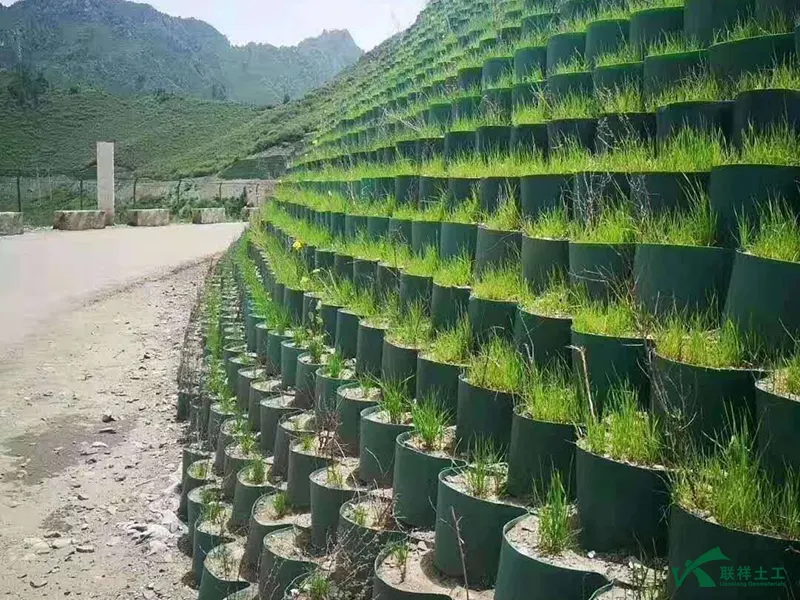
Technical Advantages and Innovation Directions
| Advantages | Case Studies |
| Rapid Deployment | Geobags construct a 1-meter-high flood wall in 6 hours |
| Cost Savings | Reinforced earth structures save 30%-50% on construction costs compared to concrete retaining walls |
| Eco-Friendly | Vegetated geotextiles degrade after 3 years, with >90% vegetation coverage |
| Adaptability to Deformation | Geogrids allow foundation settlement without breaking |
Cutting-Edge Innovations:
- Smart Geotextiles: Embedded fiber optic sensors monitor soil deformation in real time (e.g., landslide early warning systems).
- Self-Healing Coatings: Microcapsules coated on geomembranes automatically release a healing agent when damaged.
- Waste Recycling: Geogrids made from recycled plastic (circular economy model).
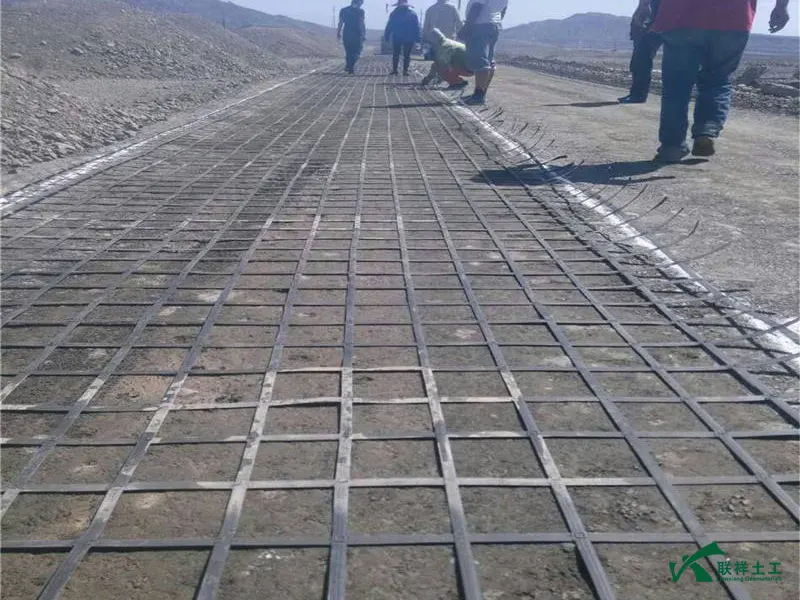
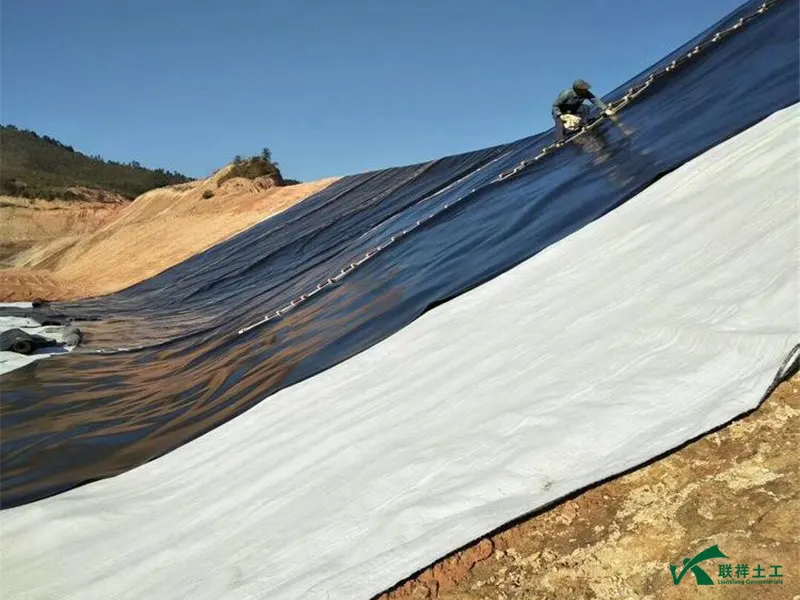
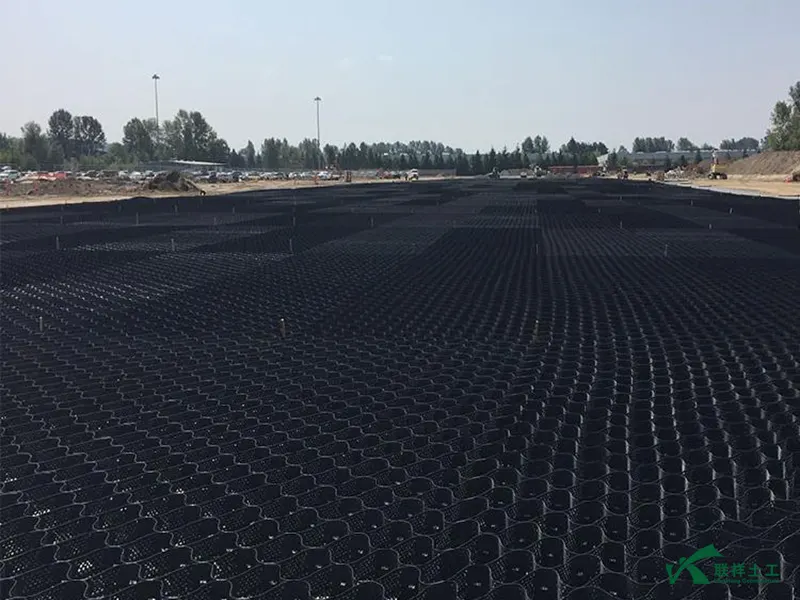
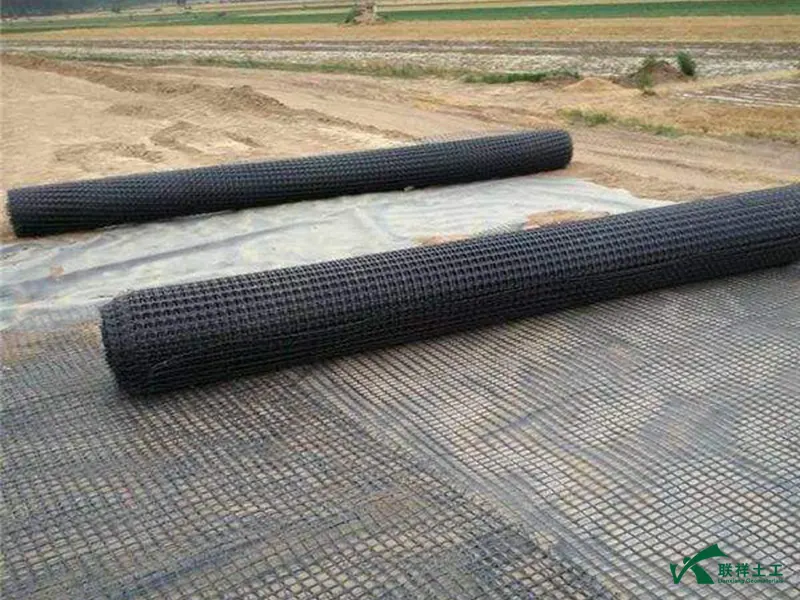
Classic Case Studies
- 1. Wenchuan Earthquake Reconstruction: Over 5 million square meters of geogrids reinforced landslide-prone mountainside, ensuring open roads.
- 2. Hurricane Protection in New Orleans, USA: Geosynthetic Clay Liners (GCLs) Seal Levees and Prevent Storm Surge Leakage.
- 3. Flood Control in Bangladesh: Geotube Levee Systems Protect Coastal Farmland and Reduce Saltwater Intrusion.
Challenges and Outlook
- Challenges: Aging in Extreme Environments (UV, Chemical Corrosion), Adaptability to Complex Geology.
- Trends: Convergence of Materials, Biotechnology, and Digital Technologies (e.g., 3D-Printed Custom Geostructures, AI-Driven Intelligent Disaster Prevention Systems).
Conclusion: Geotechnical materials have evolved from "auxiliary tools" to the engineering backbone of disaster prevention and control. With the in-depth intersection of materials science and geotechnical engineering, they will play a more central role in preventing extreme disasters caused by climate change.
Contact
Address
No. 6 Great Wall Road, Taian City, Shandong, China
EMail
admin@lianxiangcn.com
Hotline
+86-185 5418 0188
Shandong Lianxiang Engineering Materials Co., Ltd. All Right Reserved
-
WhatsApp
-
E-MailE-Mail:admin@lianxiangcn.com
-
WeChatWeChat:18554180188


